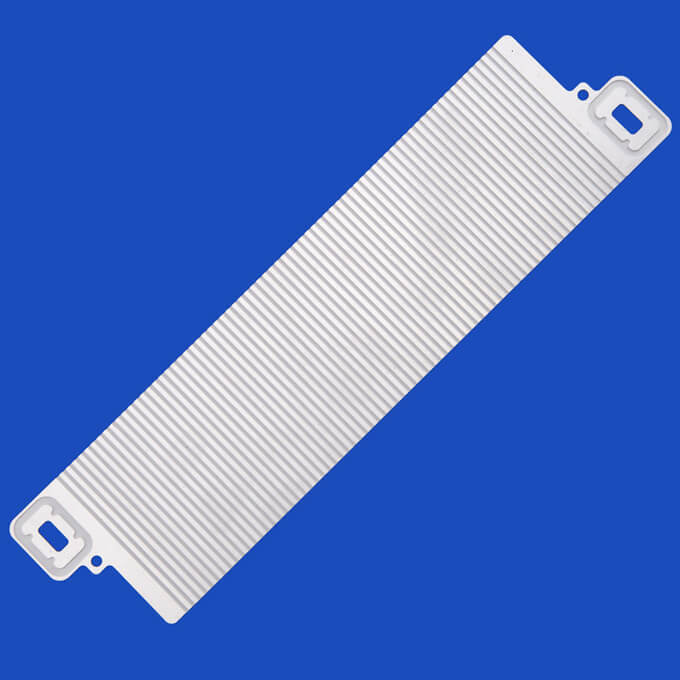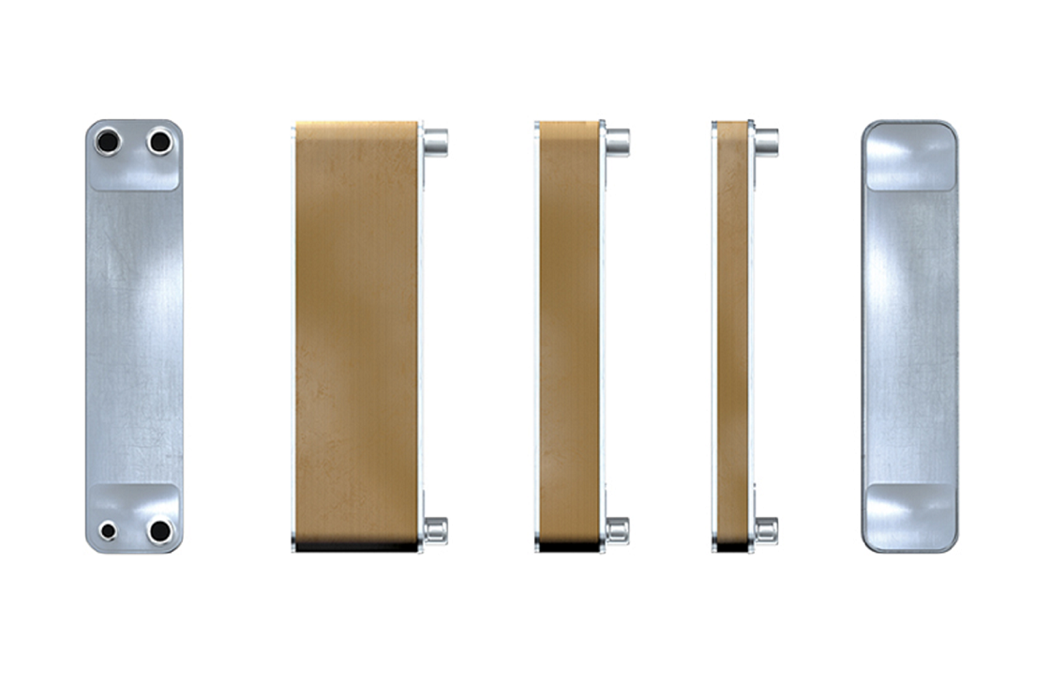How to choose the right heat exchanger?

This guide carries the right information about custom micro channel heat exchanger. We shall explain some fundamental aspects and challenges we face in micro channel plate operations.
Table of Contents
- Introduction
- Defining the task
- Technical operating conditions
- Medium type
- Temperatures of media at the outlets and inlets of the heat exchanger
- Allowable pressure losses of the heated and cooled sides
- Maximum working temperature
- Maximum working pressure
- Heat load
- Payment
- Heat exchanger selection
INTRODUCTION
The correct selection of a heat exchanger model consists of four points:
- Determination of the problem that the heat exchanger will solve
- Determination of technical operating conditions
- Calculation of the heat exchanger
- Selection of a specific model suitable for the design parameters
Defining the Purpose of custom micro channel heat exchanger
The main purpose of a heat exchanger is to transfer energy (heat) from one medium to another without mixing. Therefore, first of all, determine what you want to do with the target medium - cool or heat.
In addition, you need to consider where the unit will be used, for example, you need a custom micro channel heat exchanger for a pool. After that, they move on to determining the technical conditions for the use of equipment.
TECHNICAL OPERATING CONDITIONS
Medium type
Furthermore, pay attention to the types of media used. Is it steam, water, oil, gas, ethylene glycol, or something else? The structure of the coolant will affect the calculations and further selection of the device, since aggressive substances require higher strength characteristics of the heat exchanger.
Temperature at the inlets and outlets of the heat exchanger
The diagram shows how the coolant enters the heat exchanger (t1) and, having given part of the heat to the heat consumer. Similarly, it also enters the heat exchanger (t3), at the outlet has a changed temperature (t2).
Allowable pressure losses of the heated and cooled sides
Due to the design features of the heat exchanger, when the working medium passes through it, its pressure drops. Technological processes in which heat exchangers are used are extremely demanding on this characteristic. For example, too much pressure drop of the liquid will not allow it to be lifted to the upper floors of a residential building.
Maximum working temperature
It is logical that the higher the temperature inside the device, the more stringent requirements is imposed on the design features of the heat exchanger and the materials that are used in it.
Maximum working pressure of custom micro channel heat exchanger
Similar to the previous point, since the high temperatures and pressures inside the heat exchanger require the use of stronger materials.
Heat load
The ability of custom micro channel heat exchanger to transfer the amount of energy (heat) from one medium to another varies. Ultimately, it affects the dimensions of the heat exchanger, which means it limits the choice of specific models.
PAYMENT
Based on the data obtained when determining the technical operating conditions, the heat exchanger is calculated.
Calculation types:
- Thermal
- Mechanical
- Calculation of temperature stresses
- Layout
- Hydraulic
- Constructive calculation
- Strength
Verification of custom micro channel heat exchanger process
We will describe in detail about each type of calculation in the following articles. Therefore, keep reading the article to get the freshest information.
HEAT EXCHANGER SELECTION
Based on the calculations that we indicated above, at the output we get a set of parameters and their values, for example, the speed of water flow in the pipes, their diameter, heat exchange area, etc.
Next, we proceed to the selection of the device that suits the calculation. Similarly, selecting a heat exchanger model accurately and quickly allows special software from leading manufacturers of heat exchangers:
THERMAL CALCULATION
It carries out with the aim of:
- reveal the efficiency of heat transfer
- determine the areas of heat transfer surfaces
- Similarly, calculate the final temperature of the coolant and its mass flow
- Furthermore, determine other operating parameters of the energy heat exchange plant
Thermal calculation is necessary at the design stage of custom micro channel heat exchanger.
Based on the results of the thermal calculation, the optimal shape of the heat exchange surface and the type of heat exchanger are selected.
MECHANICAL CALCULATION OF MICRO CHANNEL HEAT EXCHANEGER
Depending on the geometric shape, individual parts of the unit are subjected to the following types of mechanical stress:
- stretching
- Similarly, compression
- bend
- torsion
- Moreover, shift
As a result of mechanical calculation, the type of material from which the elements of the heat exchanger are made, the thickness of the walls of tubular and flat structures, and other characteristics that provide the required strength are determined.
CALCULATION OF TEMPERATURE STRESSES
Various structural materials have individual values of the coefficients of thermal expansion. Furthermore, it characterizes the change in linear dimensions that occurs with an increase or decrease in temperature by 1 ° C.
As a result of thermal expansion, stresses can arise in certain parts of the heat exchanger, which can lead to their destruction.
The results of the calculation of thermal stresses serve as the basis for the selection of structural materials used for the manufacture of individual parts of heat exchangers.
COMPOSITE CALCULATION OF HEAT EXCHANGERS
It is produced in order to determine the relative position of serial and parallel channels for various heat-carrying media.
Composite analysis interconnects with thermal performance calculation and uses its results. Furthermore, the calculation of the custom micro channel heat exchanger determines:
- geometric dimensions of individual plates
- number of channels in a package
- Moreover, number of plates in a package
- Similarly, total number of plates in the heat exchanger
- Furthermore, overall dimensions of the device
HYDRAULIC CALCULATION

Custom micro channel heat exchanger studies the nature of the movement of the coolant through the channels of the heat exchanger. The rate of movement of the medium is directly related to the coefficients of heat transfer and heat transfer.
The choice of the optimal hydraulic parameters of the coolant is made taking into account the following characteristics:
- hydraulic resistance of the circuit and the apparatus as a whole
- energy costs for forced movement of the coolant
- heat exchange surface area
Hydraulic calculation allows you to determine the optimal value of such an important technical parameter of the heat exchanger as the speed of movement of the coolant. On the one hand, the speed limits by the value of the hydraulic resistance, on the other hand, its increase requires an increase in energy consumption for pumping the coolant.
CONSTRUCTIVE CALCULATION
The purpose of this type of calculation is the design of the apparatus. Furthermore, the initial data are the results of thermal and hydraulic calculations. For example, the structural design of shell-and-tube heat exchangers determines:
- number of pipes in the tube sheet
- Moreover, pipe length
- Similarly, diameter and height of the heat exchanger
In general, at the stage of carrying out a constructive calculation, the type of heat exchange device itself is determined.




